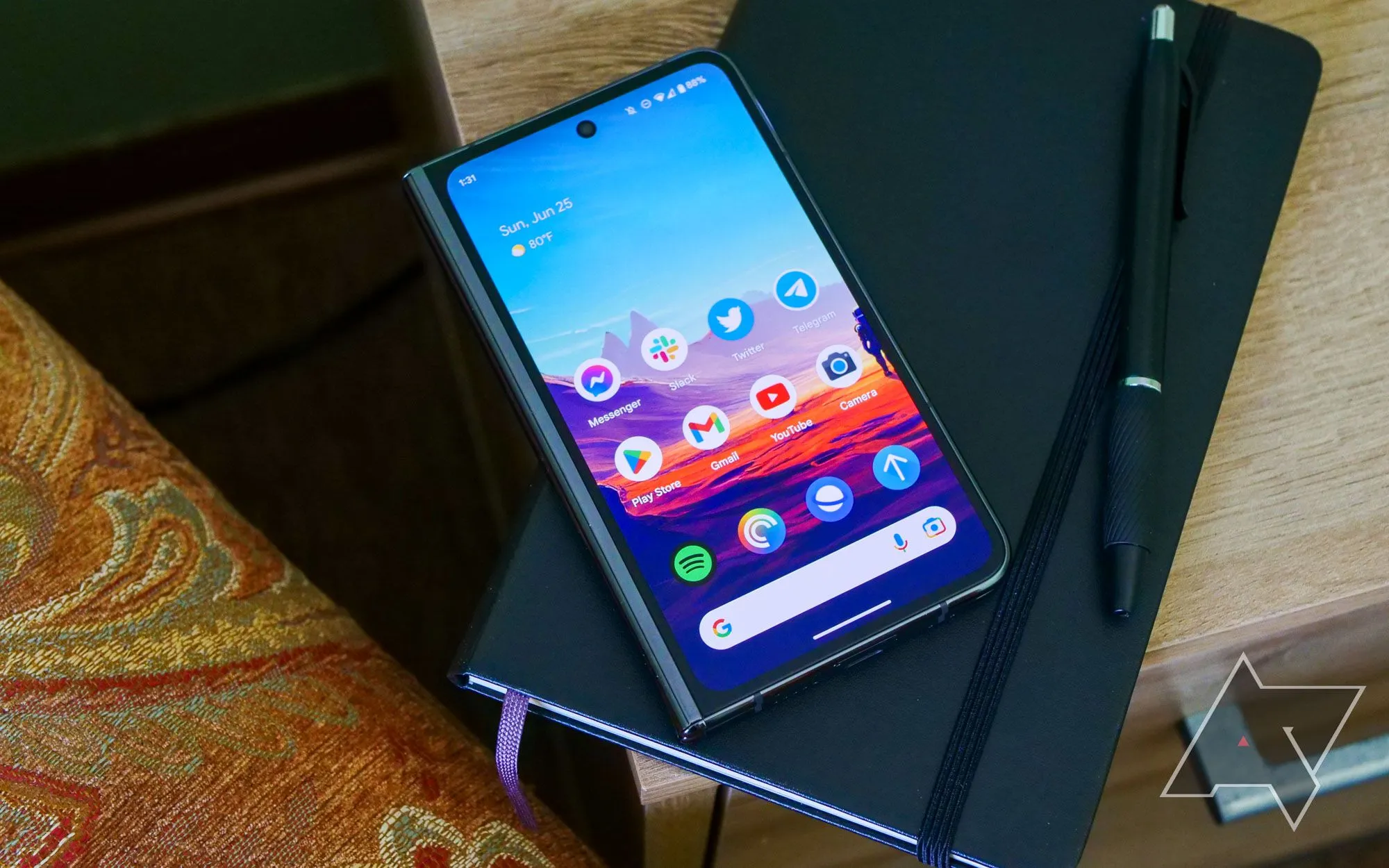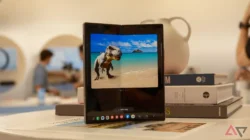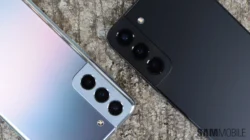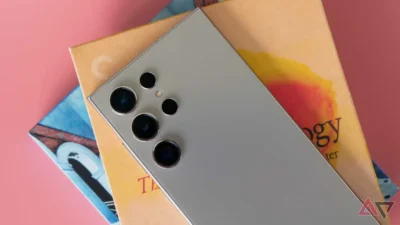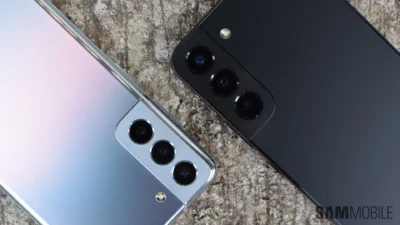Believe it or not, we’re just shy of two weeks from the launch of not one or two, but four new Pixel phones. Google typically unveils its latest in the fall, yet this year’s schedule places it ahead of its major competitor, Apple, in hitting the market. While the standard Pixel 9 trio, notably including a smaller Pro version this year, holds my interest, it’s the Pixel 9 Pro Fold that truly captures my curiosity.
Dubbed the Pixel Fold 2 in some circles, Google’s second attempt enters a folding phone market that has evolved significantly. Early leaks suggested a complete redesign, a claim Google solidified with a mid-July teaser trailer that offered the first official glimpse, despite its lengthy name. Despite my lukewarm reception of the original Pixel Fold, I’m optimistic about its successor. For the Pixel 9 Pro Fold to outshine its rivals, here’s what Google must perfect.
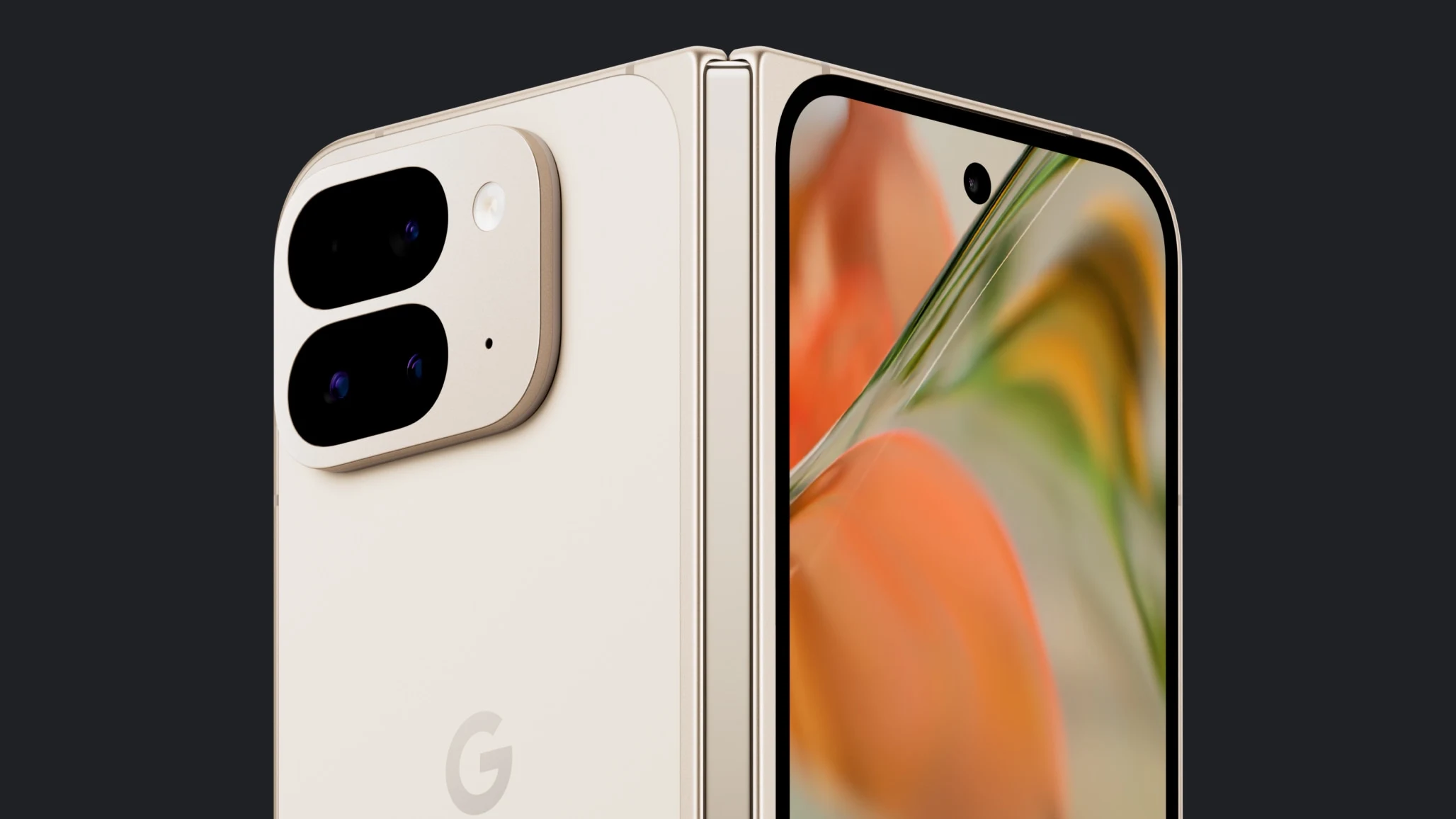
1 The Pixel 9 Pro Fold needs to shed some weight — a lot of weight
At least eight nickels worth, if we’re being exact
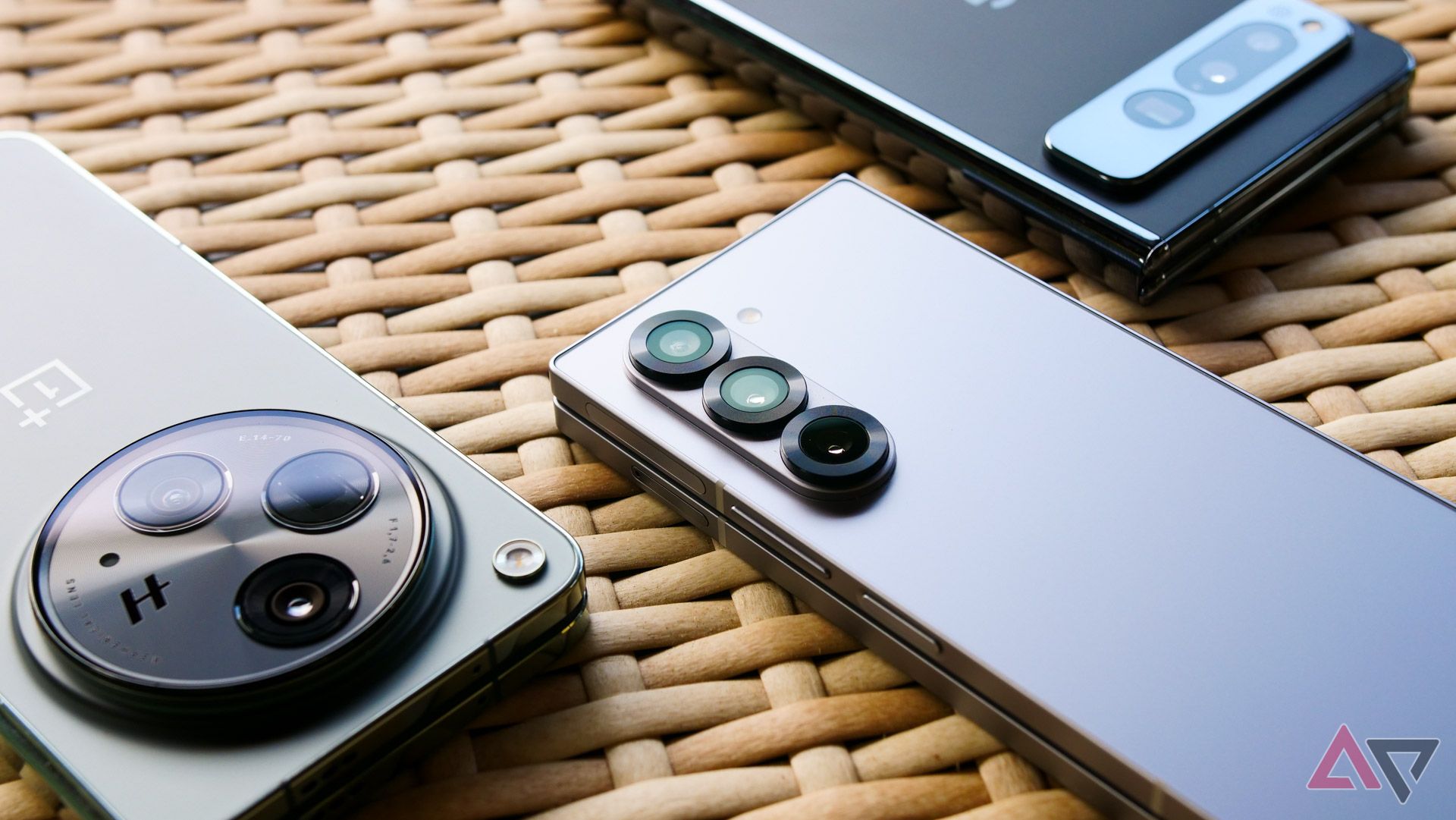
To me, the most significant shortcoming of the original model is something Google must address for this year’s phone to be successful. Since the 283-gram Pixel Fold made its debut, the market has seen lighter contenders: Samsung’s 253-gram Galaxy Z Fold 5, the 239-gram OnePlus Open, and the subsequent 239-gram Galaxy Z Fold 6 from Samsung—all in North America alone. This means Google was already playing catch-up 12 months ago, a gap that has only become more glaring over time.
The original Pixel Fold’s weight was a significant drawback, rendering one-handed use nearly impossible for extended periods. Google must aim to match OnePlus and Samsung in this aspect; a maximum weight of 240 grams is essential for the Pixel 9 Pro Fold. While the original device’s slimness was commendable, matching Samsung’s standards, Google must prioritize reducing the weight of its folding phone. Failure to do so could seriously question its viability in the competitive market.
2 An improved hinge capable of folding flat
It’s table stakes for foldables at this point
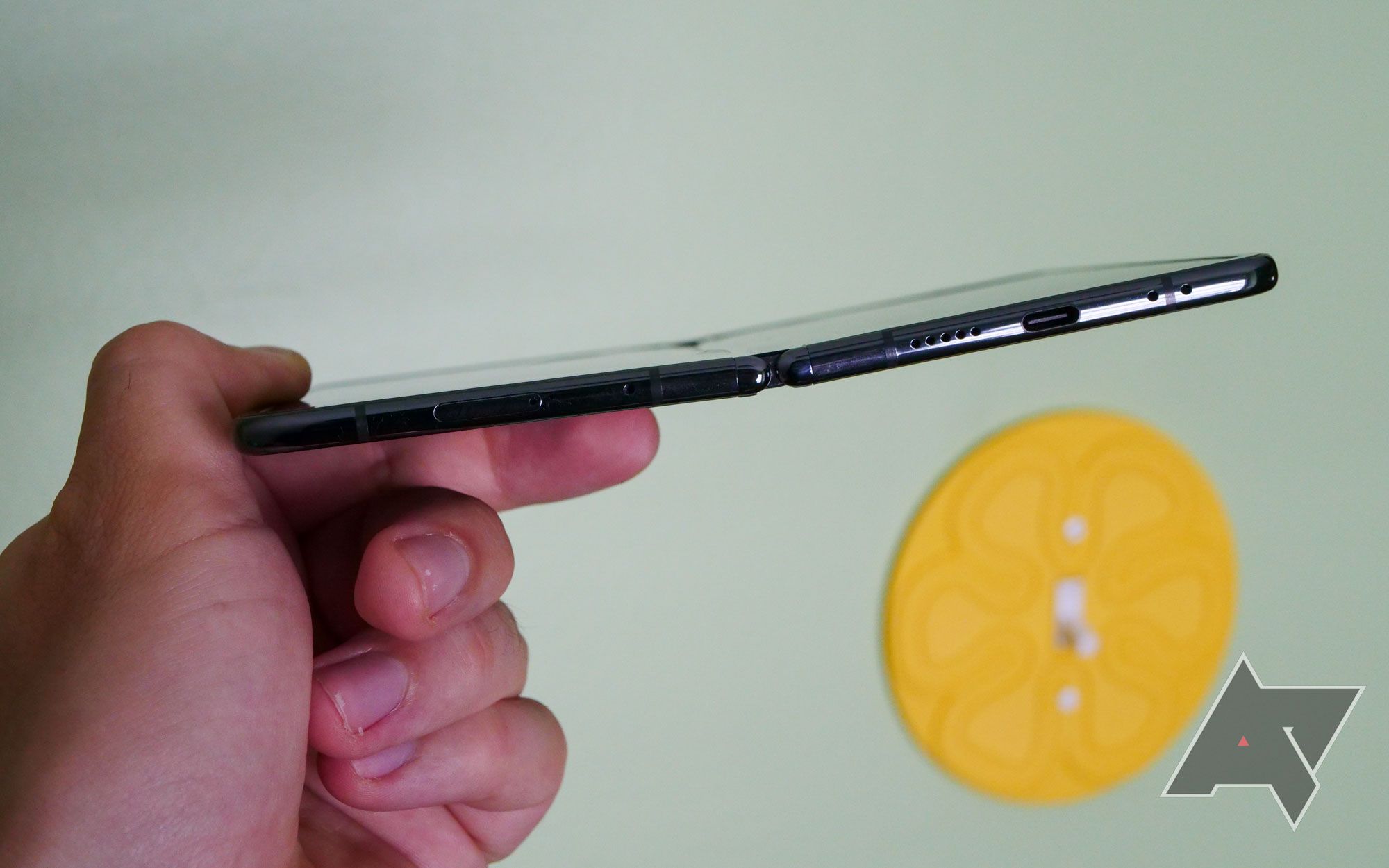
Samsung and OnePlus hold a distinct advantage over Google in the foldable smartphone arena, particularly with their devices’ ability to unfold completely flat. In contrast, my Pixel Fold struggles to achieve a perfect 180-degree unfold and has deteriorated over time. To remain competitive, the Pixel 9 Pro Fold must undergo significant enhancements in this area, as Samsung and OnePlus have perfected their designs to an almost scientific precision.
However, Google does excel in one aspect: its hinge mechanism, which reliably maintains any chosen angle. Although Samsung’s latest models are catching up and offer a more satisfying tactile experience when folding and unfolding the device. The design of Google’s upcoming redesign, evidently inspired by the OnePlus Open, raises hopes for a hinge mechanism as robust as that of the first-generation product. Yet, the true test will come once I can evaluate the device firsthand. Here’s hoping it meets expectations.
3 When it comes to foldables, the interior display is everything
Google needs to take note from its rivals here
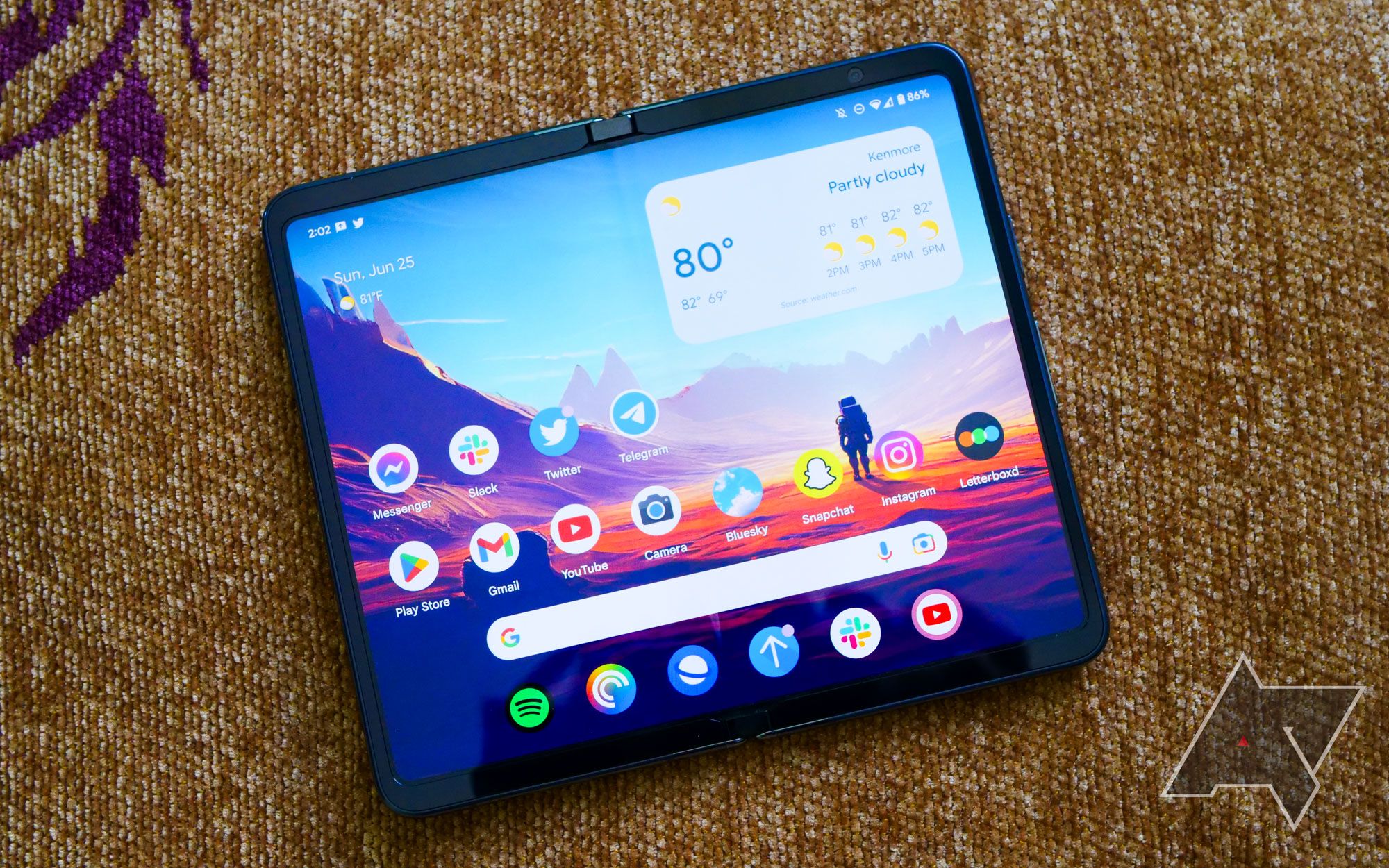
My reservations about the original Pixel Fold were numerous, yet all could have been overlooked had the main interior display been more enjoyable to use. The issue wasn’t the large bezels, although a uniform width would have been appreciated, nor was it the quality of the panel itself. Instead, it was the absence of additional coatings, which made the display appear low-quality and highly reflective. Attempting to use this screen outdoors on a bright summer day proved utterly futile.
In this aspect, both Samsung and OnePlus outperform Google, but my hope is that the Pixel 9 Pro Fold takes its cues from the latter. The OnePlus Open’s matte, anti-glare finish is a standout feature, effectively banishing outdoor reflections. However, if Google can merely equal Samsung’s quality in the final product, that would suffice. At a minimum, they should eliminate the millimeter of unprotected display space.
4 Google is behind on multitasking — or is it?
The Pixel Fold’s software is much better one year on
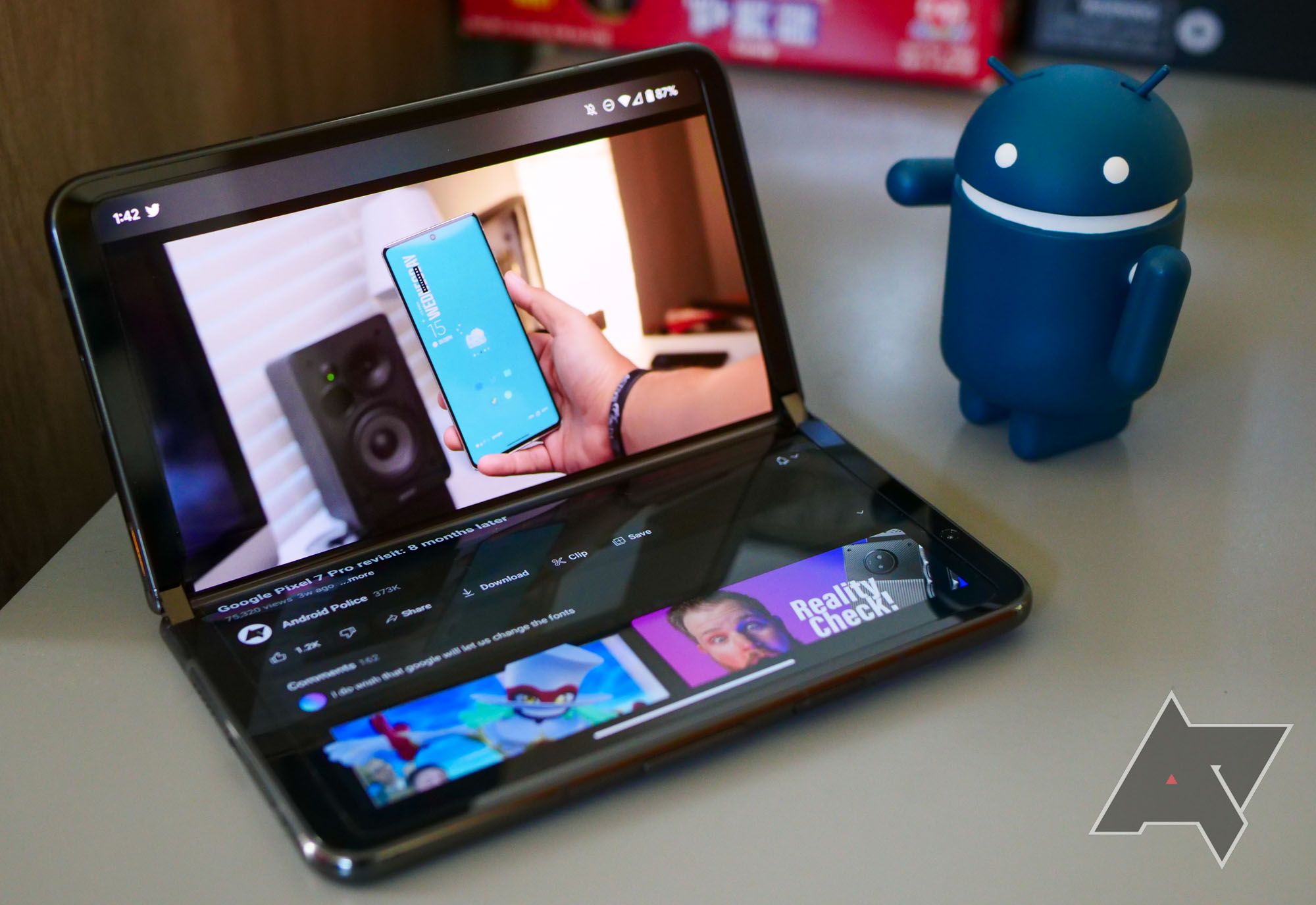
Recently, I revisited the Pixel Fold in anticipation of its successor’s launch, and I’m pleased to report that the latest Android 14 update has addressed many of the issues highlighted in my initial review. The update now allows apps with unsupported aspect ratios to fully expand across the screen via settings adjustments, introduces split-screen playback controls for YouTube, and, importantly, enables the main display to be closed and reopened without disrupting the continuity of side-by-side apps.
This significant improvement has sparked my enthusiasm for experiencing Android 15 on an even more sophisticated foldable device. However, I’m eager to see a more polished approach to multitasking. While I wouldn’t overly criticize if Google decided to maintain its current dual-app UI, the superior multi-app experiences offered by One UI and, notably, OxygenOS, suggest there’s room for enhancement. Emulating some aspects of these interfaces could elevate the user experience, which has already seen remarkable progress in the past year.
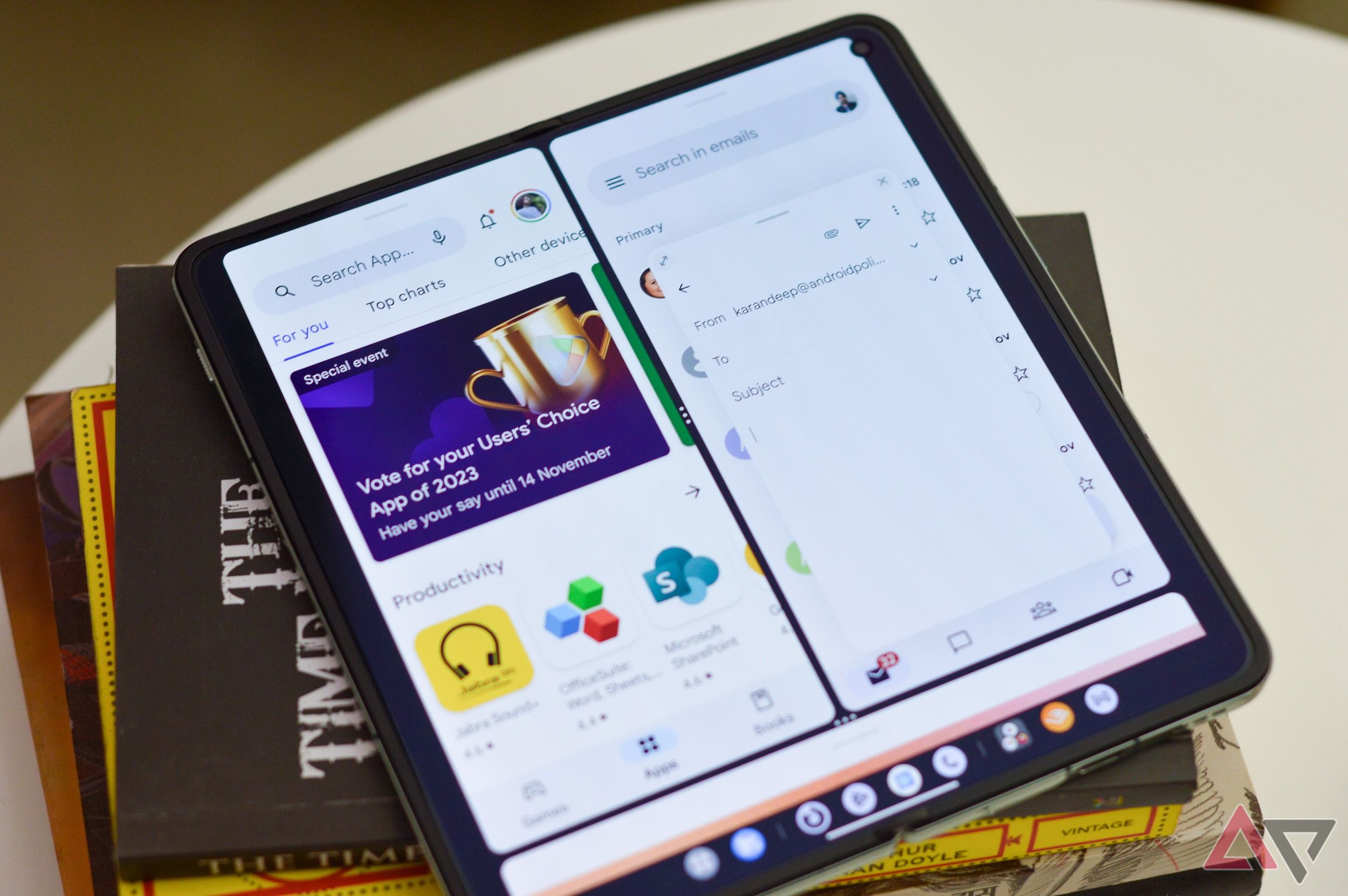
OnePlus has found the best way to make the most of that big display so far
5 The Pixel 9 Pro Fold needs to be the coolest foldable around
Or at least cooler than the Pixel Fold
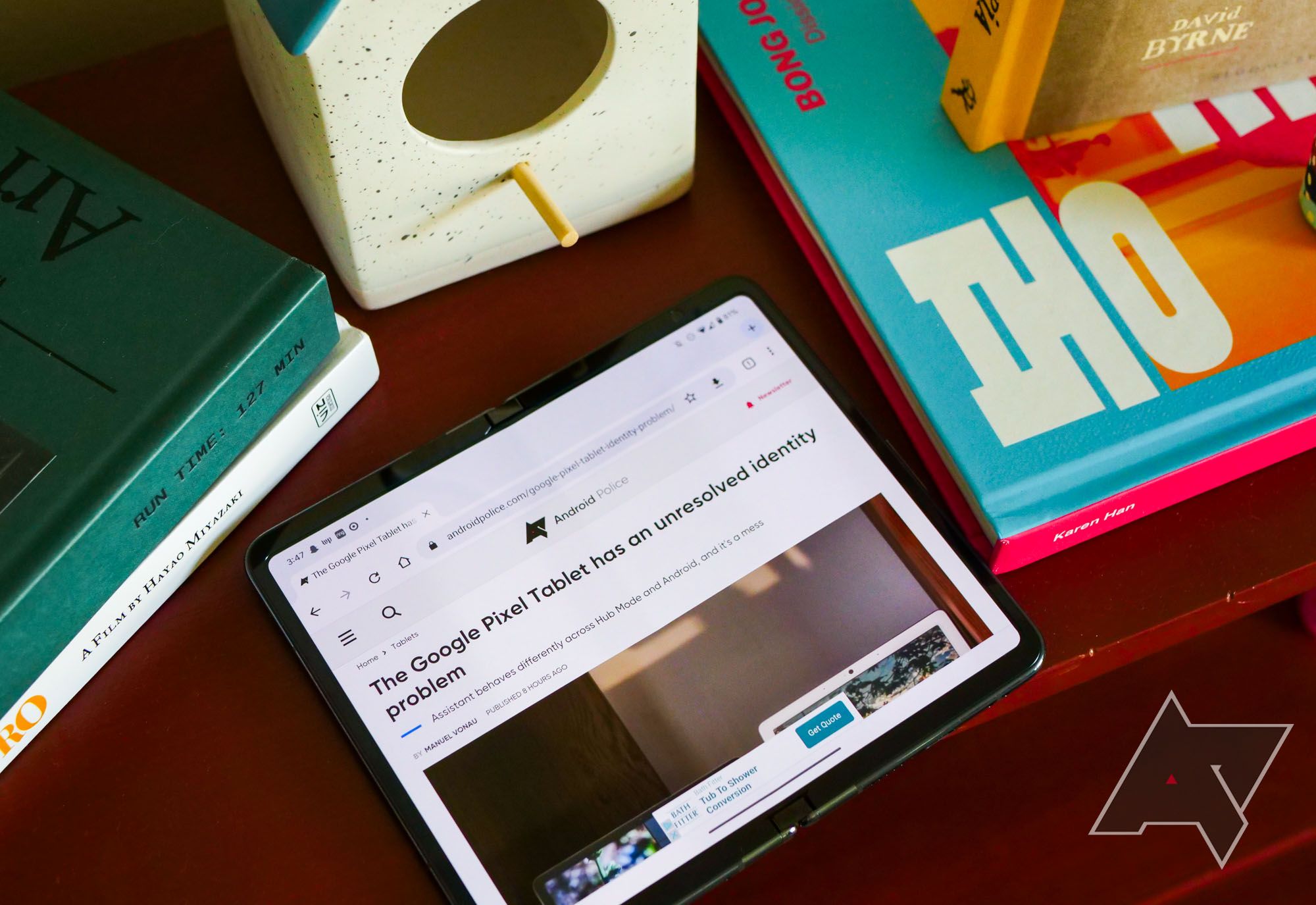
I’m referring to “cool” in the literal sense, not in terms of style. The original Pixel Fold, powered by Google’s Tensor G2 chipset, had a tendency to overheat. This issue, combined with a thinner back chassis compared to what’s found on the Pixel 7 Pro, resulted in a device that consistently felt warm to the touch, regardless of the task being performed on-screen.
The Pixel 9 Pro Fold leaps forward with the Tensor G4 chip, surpassing two generations of its predecessors. While it may not be the groundbreaking TSMC-manufactured chip many anticipate for next year, this year’s model presents a notable advancement over the Tensor G3. The G3, despite its flaws, significantly improved in thermal management compared to its predecessor. The new chipset could either offer modest enhancements over the G3 or surpass expectations. Regardless, my primary concern lies with thermal performance — here’s hoping the Pixel 9 Pro Fold remains as cool as can be.
We won’t have to wait long to find out all about Google’s new foldable

Source: Google
Although I wasn’t initially a big fan of the Pixel Fold, Google’s recent redesign and its dedication to refining Android’s functionality on foldable devices have sparked my optimism. For those intrigued by the Pixel 9 Pro Fold, the wait is almost over. It’s scheduled for launch on August 13th, alongside its siblings – the standard Pixel 9, Pixel 9 Pro, and Pixel 9 Pro XL, catering to those who prefer a more traditional smartphone experience without the folding mechanism.
